-
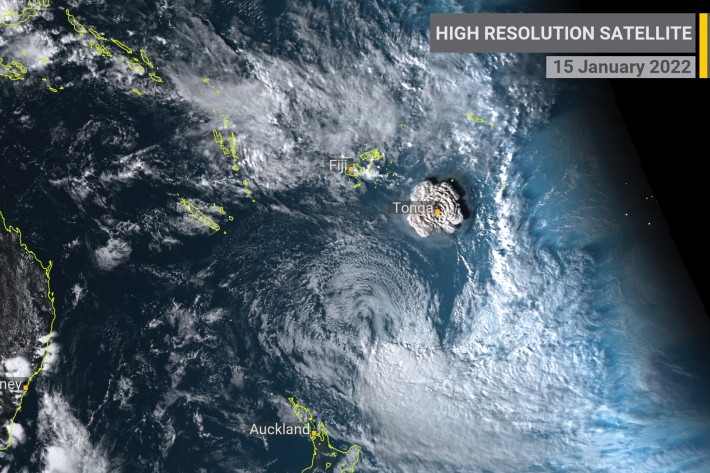
Tracking an eruption
Feature story30 May 2022Stacy Mohan looks at how the shockwaves from a remote Tongan island rippled through NIWA’s research community. -
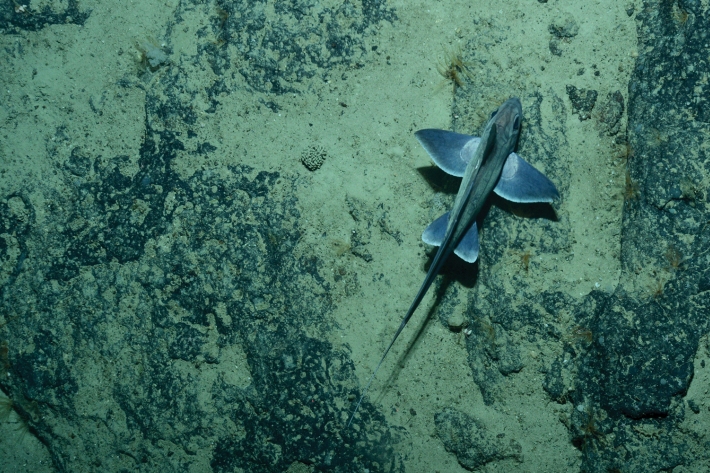
Chasing deepsea shadows
Feature story30 May 2022Mia Blyth catches up with a marine biologist hunting for ocean ghosts. -
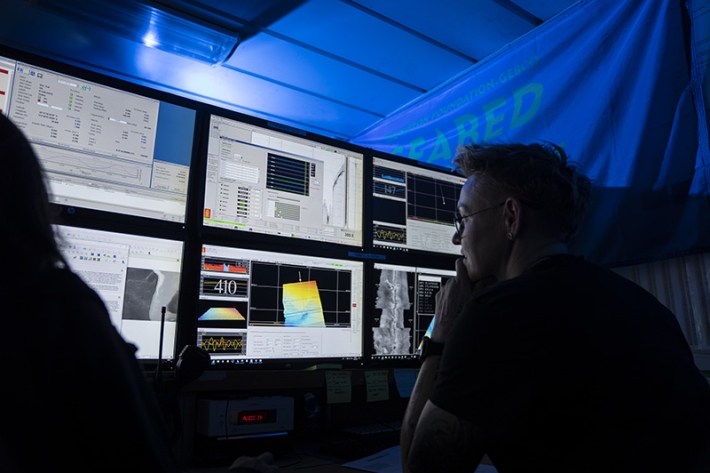
Tonga eruption discoveries defy expectations
Media release23 May 2022New findings from the record-breaking Tongan volcanic eruption are “surprising and unexpected." -
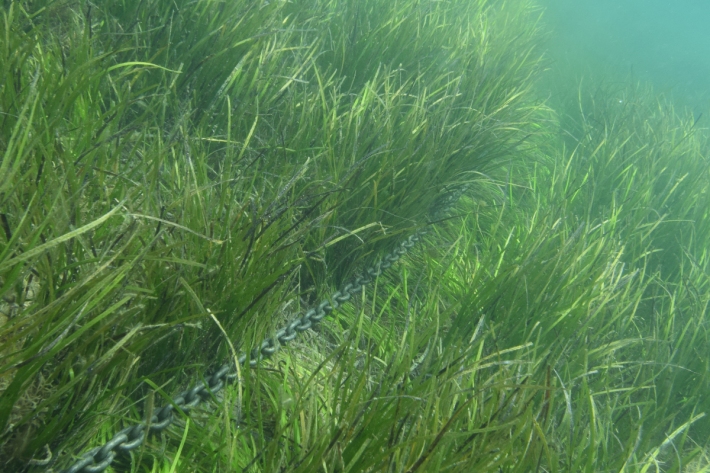
Anchors cause “extensive, persistent” damage to seafloor
Media release12 May 2022High-resolution mapping has produced the first ever global estimates of coastal habitat damage caused by anchoring. -
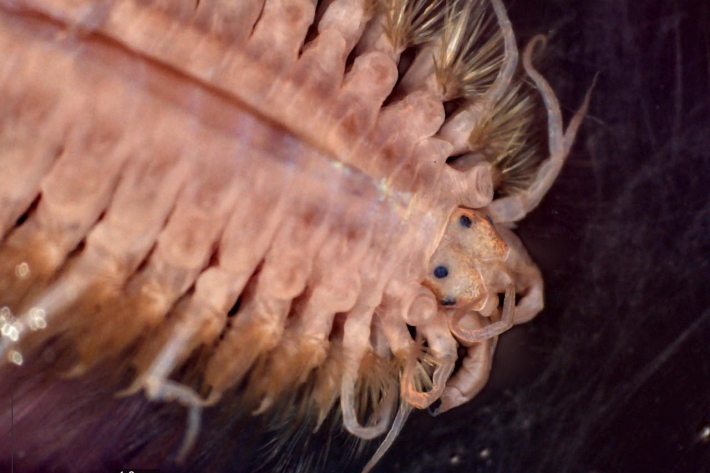
Survey provides snapshot of harbour’s health
News article10 May 2022Greater Wellington Regional Council regularly assess sediment quality and seafloor community health in the subtidal areas of Te Awarua-o-Porirua (Porirua Harbour) and Te Whanganui-a-Tara (Wellington Harbour). -
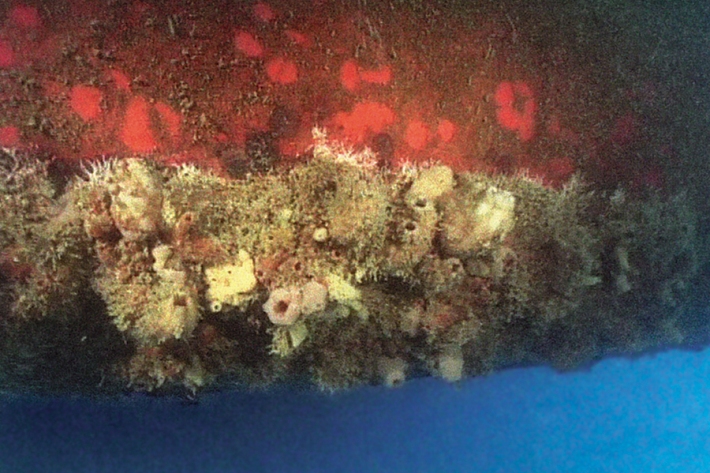
Guide explores the benefits of combating marine biofouling
News article10 May 2022NIWA is contributing to an international effort to help developing countries reduce the impact of biofouling on aquatic-based industries and environments. -

The instruments at work - In the volcano's wake
Our team onboard RV Tangaroa are equipped with all the tech and tools they need to explore the undersea changes caused by the devastating volcanic eruption in Tonga earlier this year. -
Voyage update - 24 April
We have sampled 11 stations today, with different pieces of equipment, starting with rock dredges on a ridge close to Hunga Ha’apai. The samples taken returned a trove of rock specimens that got the geologist onboard excited. -

Mapping the Tongan eruption
The January eruption of the Tongan volcano Hunga Tonga – Hunga Ha’apai triggered tsunamis as far away as the Caribbean. NIWA scientists are onboard RV Tangaroa surveying the ocean around the volcano, working to understand the largest eruption of its kind since 1981 so they can help increase our knowledge about similar volcanoes around the world. -
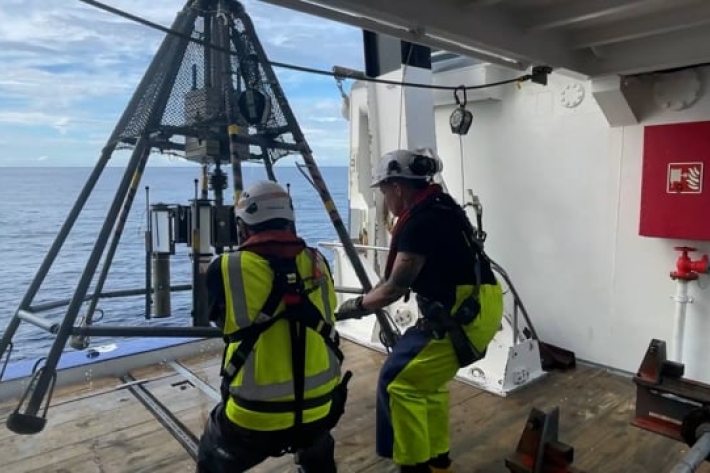
Hazards in the Tasman Sea
You’ll be blown away by what these women in science are up to onboard this RV Tangaroa voyage to the Tasman Sea. -
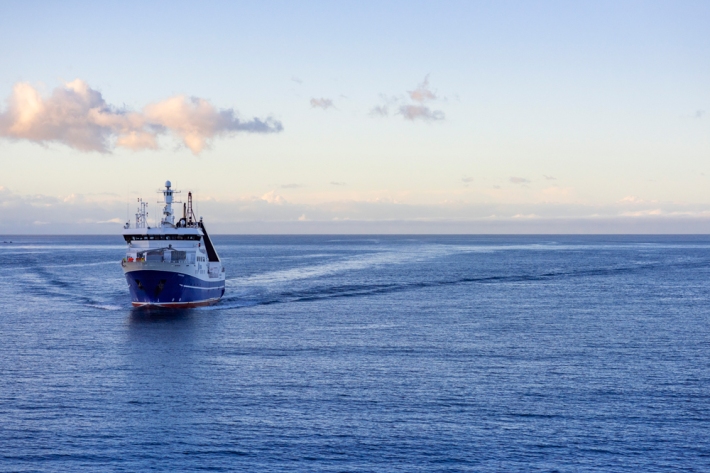
NIWA-Nippon Seabed Mapping Project a “rare opportunity” to study effects of Tonga eruption
Media release01 April 2022NIWA and The Nippon Foundation are undertaking a mission to discover the undersea impacts of the recent Tongan volcanic eruption. -
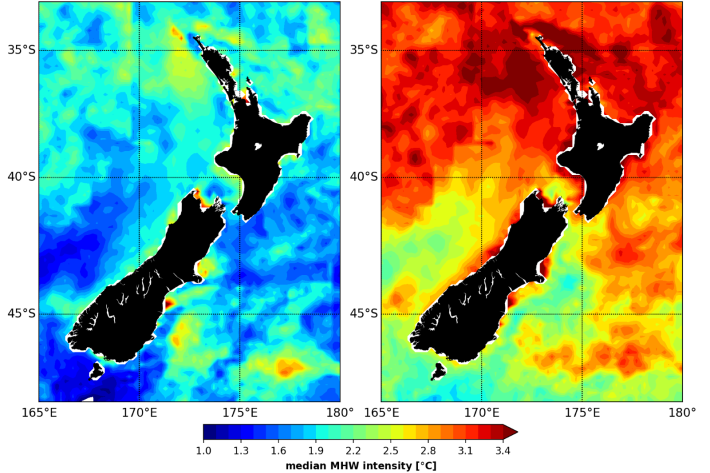
Mean heat: Marine heatwaves to get longer and hotter by 2100
Media release07 March 2022New research from the Deep South Challenge: Changing with our Climate and NIWA shows that New Zealand could experience very long and “very severe” marine heatwaves by the end of the century.

